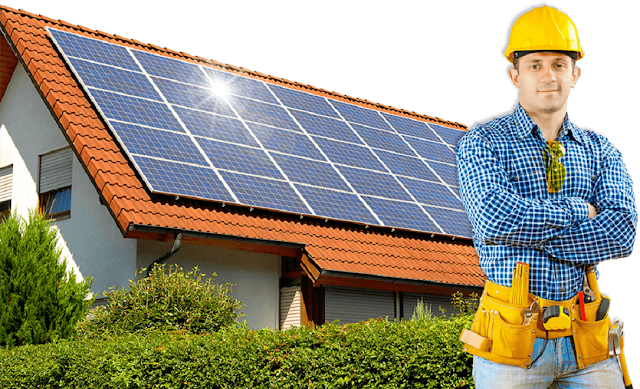America has long relied on dirty power sources to generate much of its electricity. However, recent years have seen a push to phase out some of these sources in favor of more sustainable solar. The current presidential administration’s focus on combating climate change has especially ramped up this effort.
But exactly how
much progress has been made? And what work is left to be done? We review the
current state of dirty power replacement below.
Coal
Mines are Dwindling, Overall
From 2008 to 2020, the number of active American coal mines has dropped from over 1,200 to just 410. Over 151 additional mines are currently idle. This means that we’ve seen a 62% decline in active coal mines over the span of just 13 years.
While this sounds like tremendous progress, some of it was reversed in the past year. 2021 saw a 15% increase in coal mine production, and if production demands continue to rise, some of those idled mines could be reactivated.
That being said,
there are still plans for another huge cull. Over 240 mines were set to be shut
down, as of October 2021. COVID-19’s pressures may force
more closures on top of that.
So what’s being
done with the properties where these mines are located? A growing number are
being converted into solar fields. These installations are utility-scale
projects that are capable of powering their surrounding communities.
Transitioning Labor
Closing the mines
in favor of solar has put miners in a position where their employability is in
jeopardy. Luckily, some of the mine closures have been coordinated to offer
employees transitional training, often into the solar field itself. This means
that Solar's workforce has been getting a boost as well.
Some communities that were once dependent on coal employment have taken training into their own hands, with local programs and even public schools offering classes and certification paths for people interested in careers as solar installers.
No
Clean Power Payments/Dirty Power Fines
Clearly, we can
expect to make some major headway in the next few years. But the trend may be
slower than originally predicted. Much of this can be attributed to the conflict in
Washington, D.C.
When the Biden
administration first conceived the Build Back Better bill, there was talk of
including payments and fines that would incentivize the switch to solar and
other renewables. Utility companies that were still dependent on dirty power
sources would be fined proportionally, while those that prioritized clean power
would receive payment rewards.
Unfortunately,
these plans never came to fruition, as opponents of the bill have forced out
much of the legislation that would penalize dirty power use and production.
This is going to hold back some of the progress we would have otherwise seen
following the BBB’s passing. The solar industry will have to find other ways to
win the business of utilities that are dragging their feet.
The Great Replacement is Boosting Solar Panel Lead Generation
The transition to
solar is not just sparking business at the utility level. Between all of the
buzz about clean energy, solar panel lead generation is expected to rise in the
residential sector as well.
Contractors who
want to streamline their generation process by targeting only the most
qualified, serious leads can do so by partnering with Grid Freedom. We curate
top-quality leads through live screening that selects for true sale-readiness.
All leads are scheduled for their first appointment, allowing contractors to
jump straight to the consultation stage.







No comments:
Post a Comment